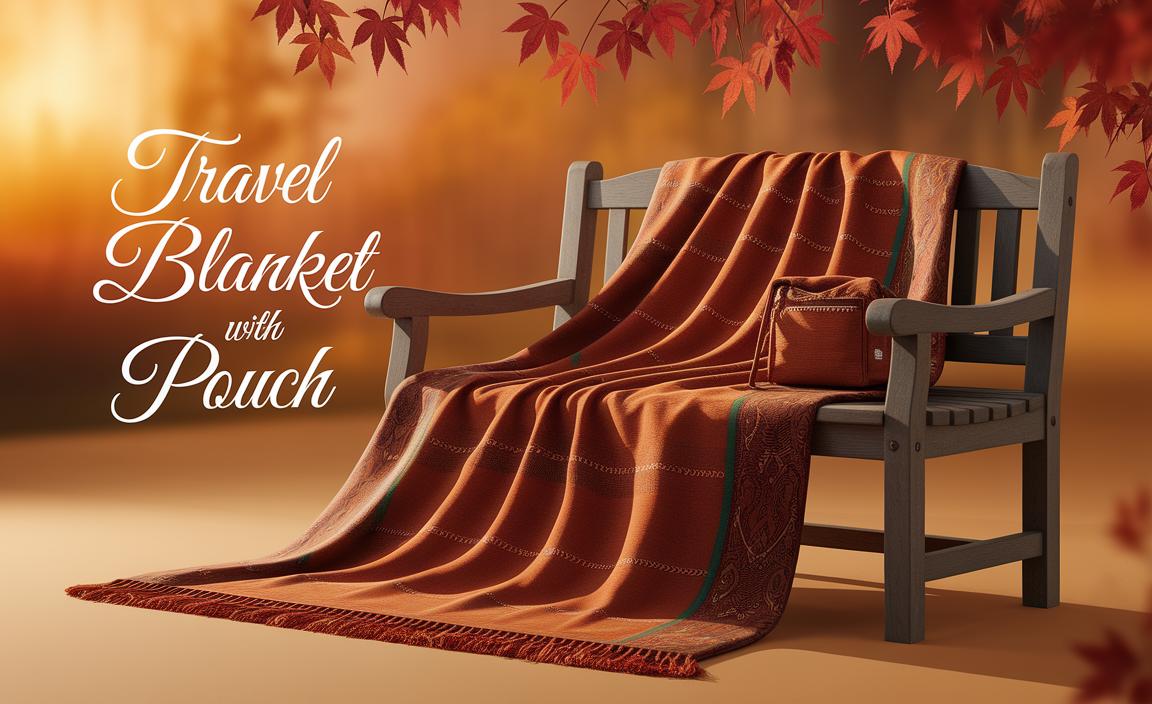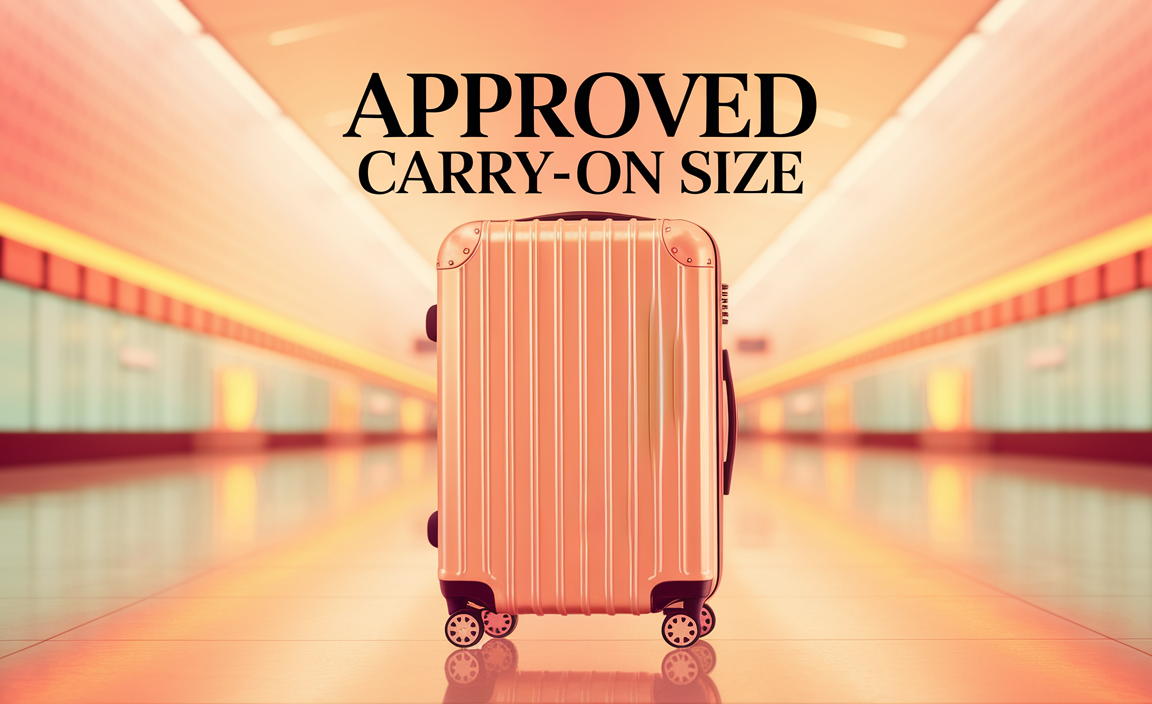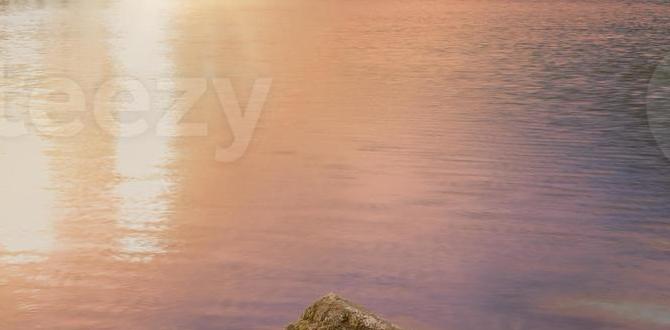Bhutan luxury on a budget is absolutely achievable! By understanding Bhutan’s unique tourism policy and planning smart, you can experience its incredible culture, stunning landscapes, and serene monasteries without breaking the bank. Focus on value, off-peak travel, and mindful spending to unlock the magic of the Dragon Kingdom affordably.
The allure of Bhutan, the Land of the Thunder Dragon, is undeniable. It’s a place where Gross National Happiness is prioritized over Gross National Product, where ancient traditions blend seamlessly with breathtaking natural beauty, and where visitors are welcomed with genuine warmth. Many people believe that visiting Bhutan means incurring significant costs, often due to its mandatory Sustainable Development Fee (SDF). While it’s true that Bhutan isn’t a typical budget backpacker destination, experiencing its unique brand of luxury – the luxury of peace, pristine environment, and authentic culture – on a more accessible budget is not only possible but also entirely enriching.
The key isn’t necessarily about cutting corners on essential comforts, but rather about strategic planning and understanding how to maximize your travel investment. This guide will walk you through exactly how to enjoy Bhutan’s unparalleled charm without overspending, proving that a deeply rewarding journey is well within your reach. We’ll cover everything from understanding the fee structure to finding the best value accommodations and activities, ensuring your trip is both memorable and financially sensible.
Understanding Bhutan’s Unique Tourism Policy: The Key to Budget Luxury
Bhutan operates under a strict tourism policy designed to preserve its culture and environment. The cornerstone of this policy is the daily Sustainable Development Fee (SDF). For most international tourists, this is set at $100 USD per person per night. While this might seem high, it’s crucial to understand what it covers and how it contributes to the nation’s development, conservation efforts, and free healthcare and education for its citizens. Think of it as an investment in a truly unique and sustainable travel experience.
For a long time, a Minimum Daily Package Rate (MDPR) was in place, which included the SDF, accommodation, food, guide, and transport. However, the policy has evolved, and understanding the current structure is key to budgeting effectively.
- Sustainable Development Fee (SDF): This is a mandatory fee paid by all tourists (except those from India, Bangladesh, and Maldives, who have different arrangements). As of recently, the SDF is $100 USD per person per night for most international tourists. Previously, it was $200 USD.
- What the SDF Supports: This fee directly funds Bhutan’s development initiatives, including free healthcare, free education, environmental conservation projects, and infrastructure that enhances both the lives of Bhutanese citizens and the visitor experience.
- Flexibility in Planning: Unlike the old MDPR, you now have more flexibility in choosing your own guide, accommodation, and transport, allowing for greater control over your budget. You can work with tour operators to create customized itineraries.
This shift towards a separate SDF opens up opportunities for travelers to curate their experiences more granularly. Instead of a fixed package, you pay the SDF and then budget for your chosen flight, accommodation, guide services, meals, and activities. This direct control is where “Bhutan luxury on a budget” truly begins to take shape.
Strategic Savings: Flights & Timing Your Trip
The biggest controllable expenses for a trip to Bhutan are often flights and the timing of your visit. While Bhutan doesn’t have its own budget airlines, smart choices here can significantly impact your overall cost.
Choosing the Right Flights
Bhutan has only one international airport, Paro International Airport (PBH). Flights to Paro are primarily operated by Drukair and Bhutan Airlines. These are the only carriers, meaning prices can be on the higher side.
- Departure Hubs: Common departure points with direct or one-stop flights to Paro include Bangkok (Thailand), Delhi (India), Kathmandu (Nepal), Singapore, and Dhaka (Bangladesh).
- Booking in Advance: Like any international travel, booking your flights as far in advance as possible is crucial for securing better fares.
- Flexibility with Dates: If your travel dates are flexible, play around with different days of the week and months. Traveling mid-week can sometimes be cheaper than on weekends.
- Consider Layovers: Flights involving a layover in one of the hubs (e.g., staying a day or two in Bangkok or Delhi before flying to Paro) might offer cost savings compared to a direct flight from your home country. However, factor in the cost and time of these additional stops.
- Package Deals: Sometimes, tour operators can package flights with their land arrangements. While you might not always get the absolute cheapest flight, it can simplify planning and sometimes offer a bundled discount.
Leveraging Off-Peak Seasons
Bhutan experiences distinct tourist seasons, each with its own charm and price considerations. Timing your visit strategically is one of the most effective ways to reduce costs while still enjoying the best of Bhutan.
| Season | Months | Pros | Cons | Budget Impact |
|---|---|---|---|---|
| High Season | March – May (Spring) & September – November (Autumn) | Pleasant weather, clear skies, flowering rhododendrons (spring), vibrant festivals (autumn). Ideal for trekking and sightseeing. | Higher tourist numbers, potentially higher prices for some services (though SDF is fixed). | Mid-High. Best to book well in advance. |
| Low Season (Shoulder & Winter) | December – February (Winter) & June – August (Monsoon) | Fewer tourists, potentially lower prices for non-SDF services (accommodation, some activities), unique winter landscapes, lush green landscapes post-monsoon. Great for experiencing local life with less crowd. | Colder temperatures (winter), potential for rain (monsoon), some higher mountain passes may be inaccessible for trekking. | Low-Medium. Significant potential for savings. |
The “shoulder seasons” offer a fantastic sweet spot, balancing good weather with fewer crowds and potentially better rates on aspects of your trip not covered by the SDF. Winter (December-February) is particularly overlooked. While cold, the skies are often incredibly clear, offering stunning mountain views, and you’ll encounter far fewer tourists. The monsoon season (June-August) also sees fewer visitors, and while there might be rain, it often comes in bursts, leaving plenty of time for exploration. The landscapes are incredibly verdant during this time.
Accommodation: Finding Your Comfortable Base
Bhutan maintains high standards for accommodation, even at more budget-conscious levels. You won’t find hostels in the traditional sense, but there are options that provide comfort and local charm without the premium price tag of luxury resorts.
When planning your trip, you’ll discover a range of accommodations, generally categorized by star ratings. The SDF applies regardless of where you stay, but your accommodation choice will be a separate expense.
- 3-Star Hotels: These are the most common and offer comfortable, clean rooms with private bathrooms, often including breakfast. They provide excellent value and are widely available in all major towns.
- 4-Star Hotels: These offer more amenities, better-appointed rooms, and often more dining options. They serve as a comfortable middle ground for those seeking a bit more comfort without venturing into the ultra-luxury segment.
- Homestays: For an authentic cultural immersion and a more budget-friendly option, consider a homestay. These allow you to stay with a local family, experience Bhutanese hospitality firsthand, and enjoy home-cooked meals. They offer a unique glimpse into daily life and are often significantly cheaper than hotels.
- Booking Through Tour Operators: Even with the flexibility, working with a reputable Bhutanese tour operator can be beneficial. They have established relationships with hotels and can often secure better rates than you might find booking independently, especially for the 3-star and homestay categories. They can also help in selecting accommodations that align with your budget and comfort needs.
When researching, look for properties that offer good reviews for cleanliness, service, and location. Don’t be afraid to leverage platforms like TripAdvisor or consult with your chosen tour operator for recommendations. Remember, a comfortable and clean room to rest in after a day of exploration is a key component of a luxurious experience!
Dining & Daily Costs: Savvy Choices
Food in Bhutan is hearty, flavorful, and can be quite affordable if you know where to look. While tourist-oriented restaurants might have higher prices, local eateries offer authentic Bhutanese cuisine at much lower costs.
The SDF covers your accommodation, meals, guide, and internal transport when you book a package with a tour operator. However, if you’re opting for a more independent style (paying SDF separately and arranging other elements), here’s how to manage your dining budget:
- Embrace Local Eateries: Seek out small, local restaurants away from the main tourist drags. These are where you’ll find delicious traditional dishes like Ema Datshi (chilies and cheese stew – a national dish!), Phaksha Paa (pork with red chilies), and Kewa Datshi (potatoes and cheese) at very reasonable prices.
- Hotel Buffets: While sometimes more expensive, hotel buffets in 3-star hotels can offer a good variety of Bhutanese and international dishes, often at a fixed price that can be economical if you’re a hearty eater.
- Street Food (with caution): While not as prevalent as in some other Asian countries, you might find local snacks. Always ensure hygiene standards are met.
- Dietary Considerations: Bhutanese food can be quite spicy. If you have dietary restrictions or prefer milder options, communicate this clearly with your guide or restaurant staff. Many places can accommodate requests for less chili.
- Beverages: Bhutanese tea (Suja – butter tea) is an acquired taste but often complimentary. Bottled water is readily available. Alcohol, like local Bhutanese whiskey or beer, is relatively inexpensive.
A typical meal at a local restaurant might cost anywhere from $5-$15 USD, depending on the dishes and location. A more modest hotel meal could be $10-$20 USD. Being open to local flavors is not only budget-friendly but also a core part of the cultural experience.
Activities & Experiences: Value Over Volume
Bhutan offers a wealth of experiences, from iconic monasteries to stunning hikes and vibrant cultural interactions. The “luxury” often lies in the quality and authenticity, not necessarily the price tag.
When budgeting, think about which experiences are most important to you. The SDF, plus your chosen accommodation, guide, fuel, and meals, will form the bulk of your costs. Beyond that, consider these popular activities:
- Must-See Monasteries & Dzongs: Visiting iconic sites like Paro Taktsang (Tiger’s Nest Monastery), Punakha Dzong, and Tashichho Dzong is usually included in your tour package or easily accessible with your guide. The experience itself is priceless, and entrance fees are often minimal or included.
- Trekking: Bhutan is a trekker’s paradise. While multi-day treks with camping can increase costs (due to guides, porters, and gear), day hikes to scenic spots are often very affordable and provide stunning views. The trek to Tiger’s Nest is a prime example – it’s challenging but immensely rewarding and can often be done as a day activity.
- Cultural Performances: Witnessing traditional Bhutanese music and dance is a highlight. These can sometimes be arranged for groups and might incur a small extra fee, but they offer an unforgettable glimpse into Bhutanese culture.
- Archery: Bhutan’s national sport is archery. You might get to see a local match or even try your hand at it! This can be a fun, low-cost activity.
- Festivals: If your trip coincides with a Tsechu (religious festival), attending is a must. While accommodation can be busier, the vibrant costumes, masked dances, and religious devotion are spectacular. Festivals add a unique cultural dimension that enhances the travel experience immeasurably.
- Craft Shopping: Bhutanese textiles, wood carvings, and thangka paintings are beautiful souvenirs. Haggling isn’t common as prices are generally fair, but set a budget for purchases.
Focus on engaging with your guide to understand the cultural significance of each site. The real luxury in Bhutan is the depth of understanding and the peace you find, rather than lavish spending.
Sample Budget Breakdown (Per Person, Per Day – Excludes International Flights)
To give you a clearer picture, here’s a hypothetical breakdown for a traveler aiming for a comfortable yet budget-conscious experience in Bhutan. This assumes you’re paying the SDF separately and arranging other services. Always get detailed quotes from tour operators for accurate planning.
| Cost Component | Estimated Range (USD per person/day) | Notes |
|---|---|---|
| Sustainable Development Fee (SDF) | $100 | Mandatory for most international tourists. |
| 3-Star Accommodation | $30 – $60 | Includes breakfast. Rates may vary by season and specific hotel. |
| Meals (Lunch & Dinner) | $15 – $30 | Eating at local restaurants vs. hotel dining. |
| Private Vehicle & Driver/Guide | $50 – $80 | This is often the largest component after SDF. This covers a significant portion of your guide and transport costs for the day. It’s usually calculated per vehicle, not per person, so shared costs can be lower. |
| Activities & Entrance Fees | $5 – $15 | Smaller fees for specific sites or optional activities. |
| Total Estimated Daily Cost | $200 – $285 | This range provides a comfortable experience focusing on value. |
Important Considerations:
- This is an estimate. Prices can fluctuate based on the tour operator, specific itinerary, and season.
- Traveling solo will generally be more expensive per person for transport and guide services than traveling in a group.
- Diving into luxury hotels (4-star or above) or exclusive experiences will increase this daily cost significantly.
- Don’t forget to factor in visa fees (typically $40 USD) and potential travel insurance.
By actively choosing 3-star accommodations, dining at local spots, and focusing on the inherent cultural riches rather than extravagant services, you can comfortably stay within this budget range. The true luxury of Bhutan, after all, is its pristine environment, its gentle culture, and the unique sense of peace it offers.
Travel Essentials for Comfort & Convenience
Even on a budget, comfort and preparedness are key to enjoying your travels. Investing in a few key essentials can make a world of difference, especially if you’re managing family needs like diapers or require personal care items.
For families traveling with young children, or adults who require them for health or comfort reasons, bringing along adult or child diapers can significantly reduce travel stress. Knowing you have reliable, comfortable options available during long flights or long days exploring means focusing on the experience rather than potential mishaps. Brands offering discreet, absorbent options can be a lifesaver for peace of mind. Check out resources from reputable providers like Depend for understanding adult care options or Pampers for child needs, to ensure you have the right products for comfort and confidence on your journey.
- Comfortable Walking Shoes: You’ll be doing a lot of walking, often on uneven terrain or up hills (like to Tiger’s Nest). Prioritize good, broken-in footwear.
- Layered Clothing: Bhutan’s weather can change. Layers – a base layer, fleece, and waterproof/windproof outer shell – are essential for adapting.
- Sun Protection: High altitude means strong sun. Pack sunscreen, a hat, and sunglasses.
- Medications & First-Aid: Bring any personal prescriptions and a basic first-aid kit. Consult your doctor or the CDC Traveler’s Health for destination-specific health advice.
- Reusable Water Bottle: Staying hydrated is vital. Carry a reusable bottle and refill it to minimize plastic waste and save money. Water purification tablets or a filter can also be useful.
- Power Bank: Useful for keeping your devices charged, especially if you’re out all day.
- Camera: To capture the stunning landscapes and vibrant culture!
- Insect Repellent: Especially useful during the warmer months or when hiking in forested areas.
Packing smart ensures you’re prepared for anything, making your journey smoother and more enjoyable. The luxury is in being comfortable and confident throughout your adventure.
Working with Local Tour Operators: Your Best Budget Ally
While you have more flexibility now, partnering with a reputable local Bhutanese tour operator is still one of the smartest ways to manage costs and experiences effectively, especially when aiming for “Bhutan luxury on a budget.”
These operators have deep knowledge of the country,





